Art and culture
Bee and Honey Interpretation Centre
Honey is a typical product of Las Hurdes, and boasts a designation of origin. If you want to discover all the secrets of how to make delicious honey, this is the right place.
- Explore
- Bee and Honey Interpretation Centre
Learn all about honey and how it is made
Location and Contact:
- Contact person: Susana Martín
- Tel.:+34 927 674 181
- Email: ciovejuela@lashurdes.org
- Website address: www.lashurdes.org
- Opening times
Saturday and Sunday from 11:00h to 16:00h
Long weekend and holiday from 10:00h to 14:00
-
Honey is a typical product of Las Hurdes, and boasts a designation of origin. If you want to discover all the secrets of how to make delicious honey, this is the right place.
The Bee and Honey Interpretation Centre is very easy to find: it is situated at the entrance to a farmstead called Ovejuela, which belongs to the municipality of Pinofranqueado. Here you'll find out all about honey and how it is made: the process, the materials that are used, and especially, how to keep the bees, which are the producers of this healthy and natural product.
-
Theme:
- Art and culture
More suggestions
-

Gabriel and Galán House-Museum
-
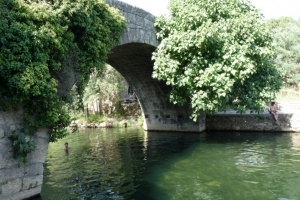
Jevero
Enjoy the crystal-clear waters of Jevero in one of the most peculiar and prettiest natural pools in Extremadura.
-
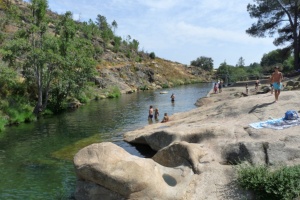
Carreciá - Ribera de Acebo
In the Cáceres town of Acebo, there are two natural swimming pools alongside a recreation area.
-
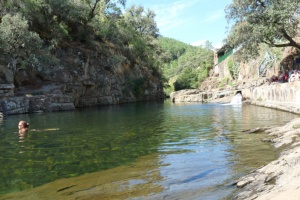
Las Mestas
A natural pool created by the meeting of two rivers, located next to the town of Ladrillar.
-
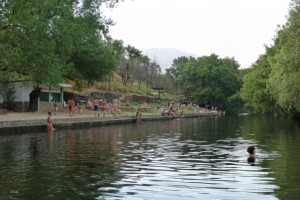
Ribera de Acebo - Hoyos
In the Cáceres area of the town of Hoyos, in Sierra de Gata, you will find a very large natural pool.
-
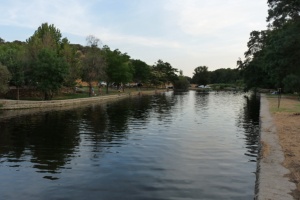
Árrago river – Santibáñez el Alto
Cool, crystal-clear water invites you to take a dip in this natural mountain pool, located in an idyllic natural spot.
-
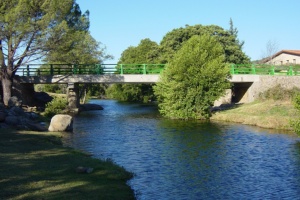
Árrago river - Los Pilares
A natural pool with cool, clean water which is in the town area of Cadalso.
-
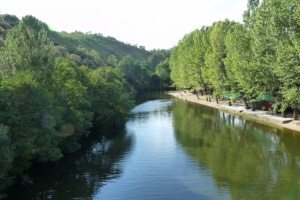
Los Angeles river - Pinofranqueado
An ideal destination for summer holidays, which has a magnificent bathing area and lots of open-air activities.
-
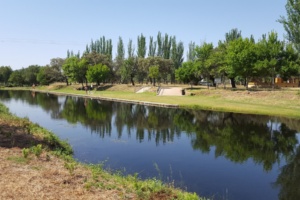
Río Árrago - Los Cachones
-
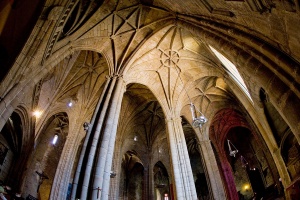
Guijo de Granadilla Roman Bridge
In the 2nd century AD this bridge connected the two banks of the river Alagón.
